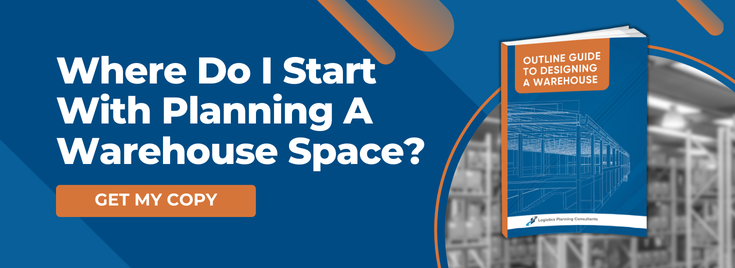
If you’ve ever been involved in setting up a warehouse, you’ll know how critical the racking layout is. It’s not just about how many pallets you can fit — it’s about how efficiently people, products, and processes move through that space every single day.
But here’s the million-pound question: should your racking layout be designed by the racking supplier or a logistics consultant?
Let’s weigh the pros and cons.
Racking Suppliers: Product Experts
Racking suppliers are great at what they do — they know their products inside out. They understand load capacities, safety standards, and installation details better than anyone. Plus, many offer free design services, which can be a big win for tight project timelines and budgets.
However, their designs are often rack-first, operation-second. The focus tends to be on fitting as much steel as possible into your footprint, not necessarily optimising material flow, pick paths, or future scalability. The layout might look great on paper, but could create congestion or inefficiencies once operations ramp up.
Logistics Consultants: Process-First Thinkers
Logistics consultants take a broader view. They’ll start by asking questions about your inventory profile, SKU velocity, throughput, and picking strategy. Their goal is to create a layout that supports your entire operation, not just storage capacity. They’re vendor-neutral too — meaning they’ll design the best solution first, then help you source the right racking system competitively.
The downside? Consultants aren’t free, and the process takes more time. But the long-term payoff — in efficiency, flexibility, and scalability — often far outweighs the initial cost.
The Best Approach
The most effective approach often combines both strengths. A logistics consultant defines the operational framework, and the racking supplier refines the technical design to meet engineering and compliance standards. Together, they deliver a warehouse layout that balances capacity, flow, and future growth — achieving both operational and financial efficiency.
Image Source: Canva



